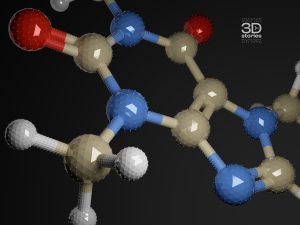During Love My Data Week (24 to 28 March 2025), the University of Luxembourg will host a series of events across Belval, showcasing innovative ways to engage with data. One highlight of the week is an exciting collaboration between its interdisciplinary research centres, the Luxembourg Centre for Systems Biomedicine (LCSB), the Luxembourg Centre for Contemporary and Digital History (C²DH), and the Luxembourg Learning Center (LLC) aimed at bringing chemical structures to life through 3D visualisation.
In this project, Kirill Mitsurov and Daniele Guido, designers and developers at the C²DH, created 3D representations of selected chemicals from PubChemLite—a project led by Professor Schymanski at LCSB. A large touchscreen will enable visitors to explore, interact with, and better understand these chemical structures. Well-known compounds like caffeine will be dynamically visualized, making complex scientific concepts more engaging and accessible to a broad audience.
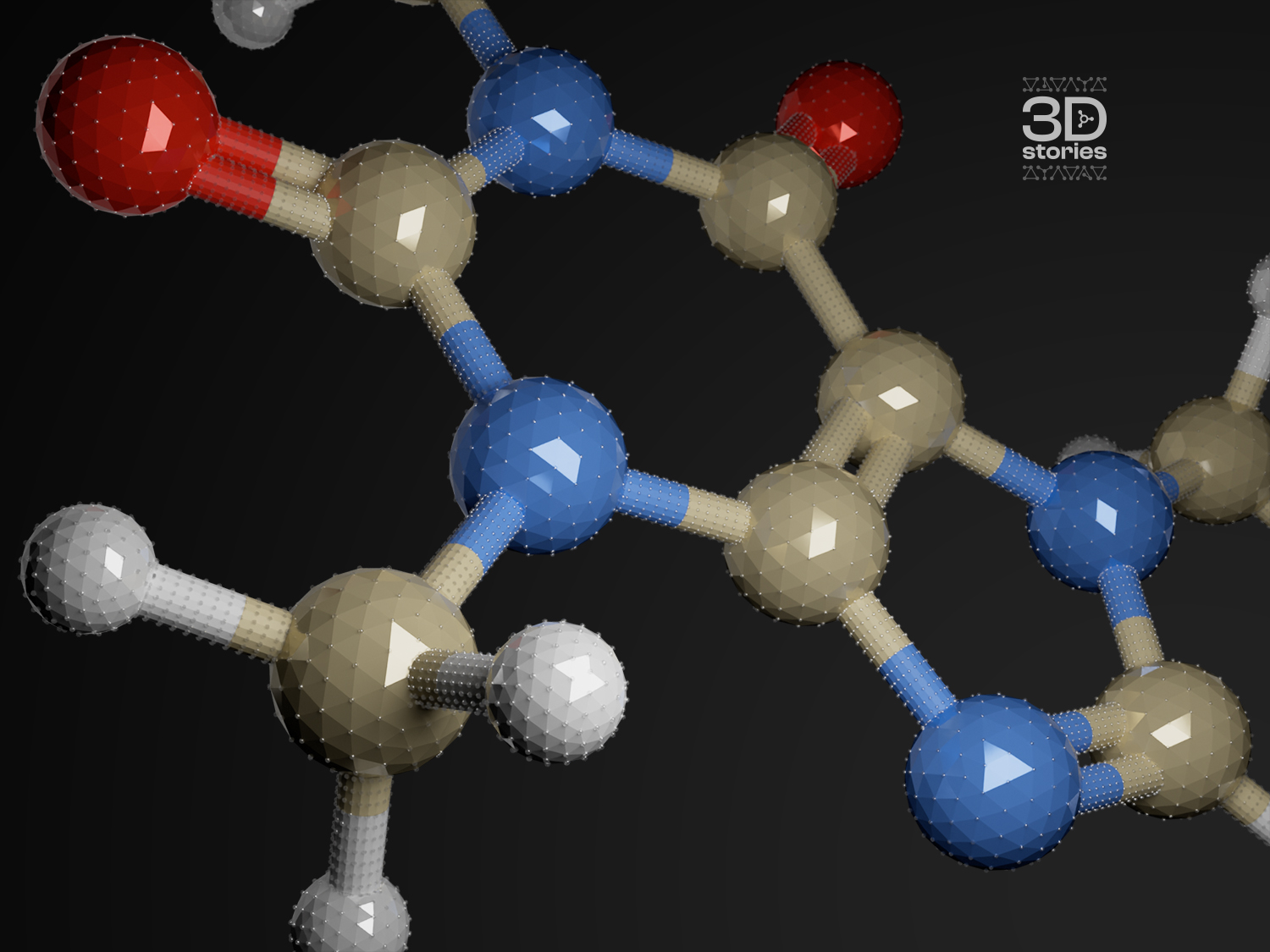
Transforming education with 3D technology
By demonstrating the potential of 3D visualization in scientific exploration, this initiative not only enhances public engagement with complex chemical data but also highlights the broader educational possibilities of interactive technology. Building on this approach, the use of 3D tools in education is expanding beyond chemistry, opening new avenues for immersive learning across various disciplines for instance in humanities.
The integration of 3D technology into education has become more accessible than ever before. With recent advancements in portable devices, even budget smartphones are now capable of rendering interactive 3D content directly in web browsers. Paired with free tools for modeling, scanning, and web integration, 3D technology has evolved into a powerful and exciting educational tool.
Kirill Mitsurov highlights the impact of these advancements on digital innovation at the C²DH:
‟ We are leveraging these technologies to create innovative projects, including video games, websites, and cutting-edge web development techniques. By incorporating 3D representations, we go beyond traditional static resources like textbooks and 2D diagrams, offering a more immersive and interactive experience. This approach allows users to explore data from multiple angles, enhancing understanding and making complex information more tangible”
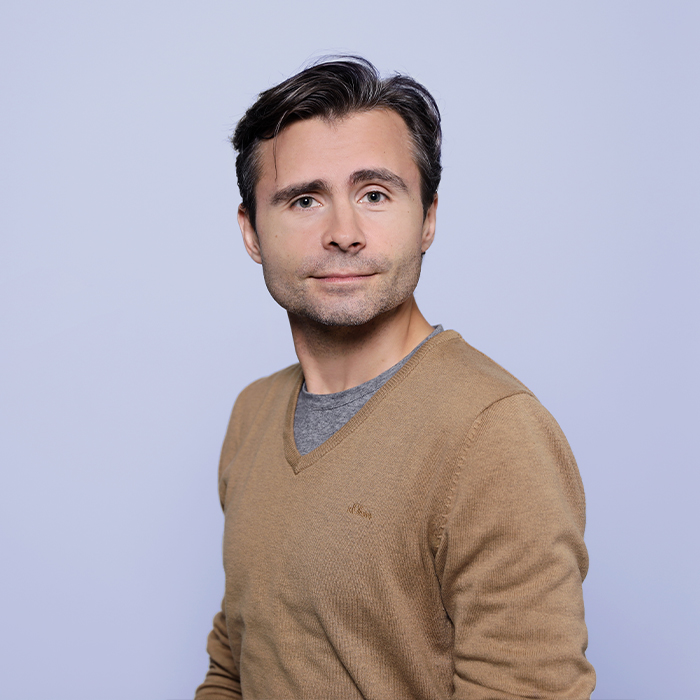
User Interface Developer
These technologies have played a key role in the development of projects like Zoomland and “3D Stories”. By involving students, such as those in the Master of Digital and Public History programme, in both the creative and technical aspects of 3D technology, we aim to transform abstract data into interactive learning experiences that enhance understanding and retention.
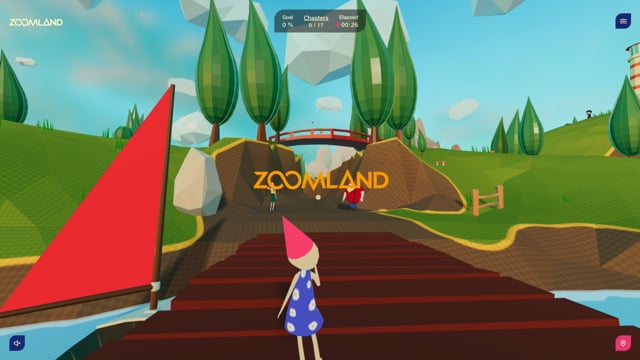
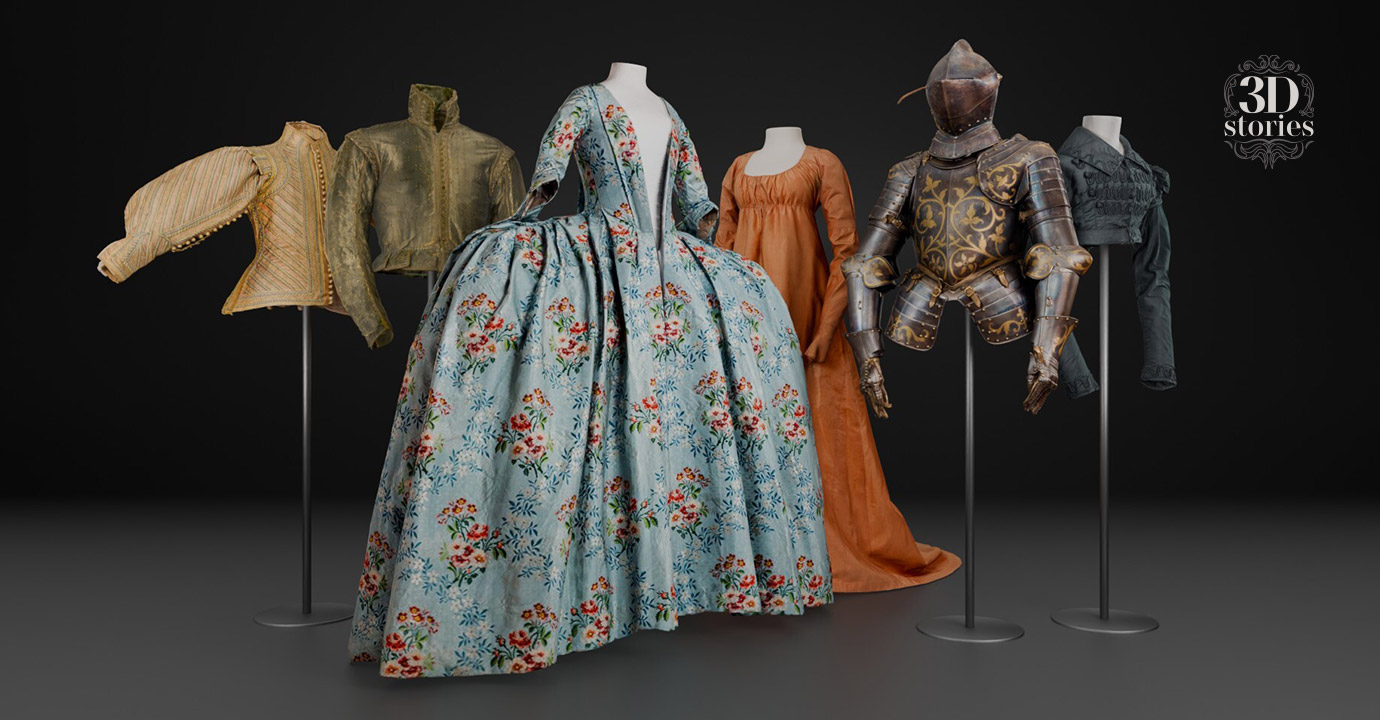
There are several methods for creating 3D models. The most foundational is 3D modeling, which requires technical expertise. “At the C²DH”, says Kirill Mitsurov “we use Blender, a powerful open-source tool for both modeling and animation.” Another approach is 3D scanning, which captures highly detailed objects using professional scanning equipment. Mobile applications like RealityScan also provide a more accessible way to introduce students to digital modeling without the need for specialized devices. However, scanned models often require refinement before they can be effectively integrated into projects. The process of creating 3D models combines creativity, programming, and problem-solving skills, offering an engaging learning experience. Game development, in particular, has proven to be a highly effective educational tool, as gamification not only boosts student engagement but also makes learning more relevant through interactive and familiar elements.
Innovation and the role of AI in 3D visualisation
Daniele Guido emphasizes the growing influence and novel roles for artificial intelligence in the field of 3D modelling and data visualisation: notably in guiding students, designers and developers to implement complex techniques of 3D rendering or easily apply interaction. AI tools are very effective augment our code skills for uncommon or difficult techniques, and allow to free up time to experiment with various visual solutions. “At the C²DH”, explains Daniele Guido, “we are actively experimenting with 3D to boost our data visualisation competencies. For instance, custom textures and 3D shaders enable real time, striking visual effects; and they allow to optimise computational efficiency for millions of data points, enough to interact and visualise rich and complex datasets.”
Expanding horizons: future prospects and international collaborations
The University of Luxembourg is committed to further integrating 3D technology into education and research. The use of 3D tools is expanding across its research centres, while international collaborations are being fostered. A partnership of C2DH with the Urban Complexity Lab (UCLAB) at Potsdam University of Applied Sciences has already led to the development of “3D Stories.” Future projects are underway with partners in Sweden and the Netherlands. Efforts are also focused on establishing efficient workflows for scanning, storing, and integrating 3D assets, with an emphasis on long-term storage solutions such as Sketchfab. Additionally, advanced scanning equipment is being acquired to involve students in digitisation and post-processing. Through their collaborative and interdisciplinary efforts, the C²DH and LCSB are paving the way for groundbreaking advancements in education and research, demonstrating how 3D visualization can transform academia and enhance the way the researchers engage with complex data across disciplines at the University of Luxembourg.
